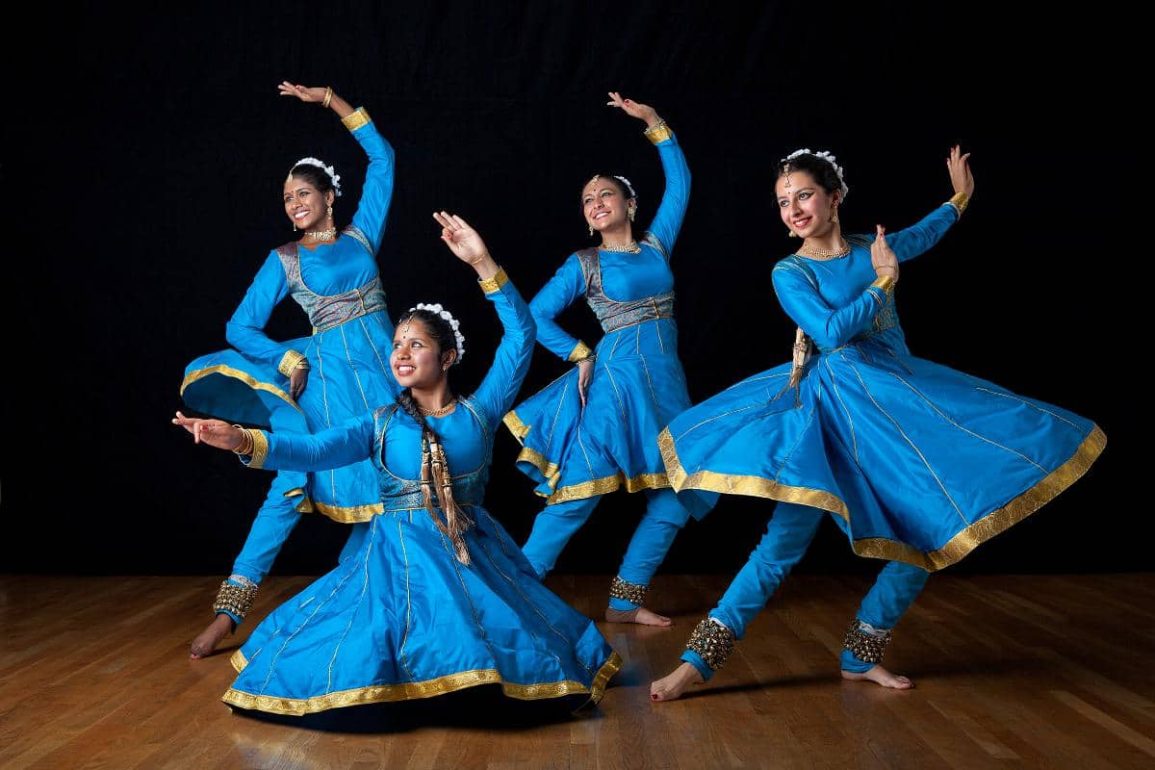India, a land of rich cultural heritage, is home to a diverse array of classical dance forms, each with its unique style, technique, and storytelling capabilities. These forms have been passed down through generations, and their beauty and complexity continue to charm audiences worldwide. In this article, we’ll go into the Indian classical dance world, exploring the major forms, their historical significance, and the elements that set them apart.
1. Bharatanatyam: The Temple Dance
Bharatanatyam, also known as the “Bharat” dance, is one of the most popular and widely practiced classical dance forms in India. Originating in the temples of Tamil Nadu, this dance dates back to the 2nd century AD. Characterized by intricate hand gestures (mudras), expressive facial expressions (abhinaya), and dynamic footwork, Bharatanatyam is a highly technical and athletic dance form. The dance typically tells stories from Hindu mythology, with the dancer interpreting the emotions and actions of the characters.
2. Kathak: The Storyteller’s Dance
Kathak, meaning “storyteller,” is another prominent classical dance form in India. Originating in the Kathakars, a group of traveling dancers and musicians, Kathak is an improvisational dance that combines elements of storytelling, music, and dance. Characterized by fast-paced footwork (tatkar), complex rhythmic patterns (bol), and expressive arm movements (mudras), Kathak is a high-energy dance that demands incredible physical stamina. Kathak dancers typically perform with a tabla (hand drum) accompaniment, creating a dynamic and percussive sound.
3. Odissi: The Temple Folk Dance

Odissi, also known as Orissi, is a classical dance form from the eastern state of Odisha. Originating in the temples of Bhubaneswar, Odissi is a dynamic and expressive dance that combines elements of folk, classical, and spiritual traditions. Characterized by sinuous body movements (nritta), dynamic footwork (nritya), and intricate hand gestures (mudras), Odissi is a dance that celebrates the beauty of the human form. Odissi dancers often perform with musicians playing traditional instruments like the mridangam (hand drum) and the flute.
4. Kuchipudi: The Andhra Dance
Kuchipudi, a classical dance form from the southern state of Andhra Pradesh, is a fusion of traditional temple dances, Carnatic music, and Hindustani music. Characterized by intricate footwork (bhangi), dynamic arm movements (mudras), and expressive facial expressions (abhinaya), Kuchipudi is a highly technical dance that demands incredible physical agility. Kuchipudi dancers often perform with a combination of solo and group dances, creating a dynamic and engaging visual experience.
Indian classical dance forms are a testament to the country’s rich cultural heritage. Each form has its unique style, technique, and storytelling capabilities, making them a fascinating and rewarding experience for audiences. Whether you’re a dance enthusiast or simply curious about Indian culture, understanding the major Indian classical dance forms will deepen your appreciation for this incredible art form.


